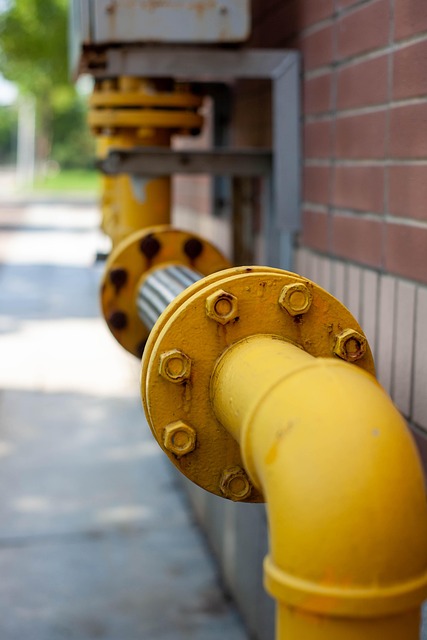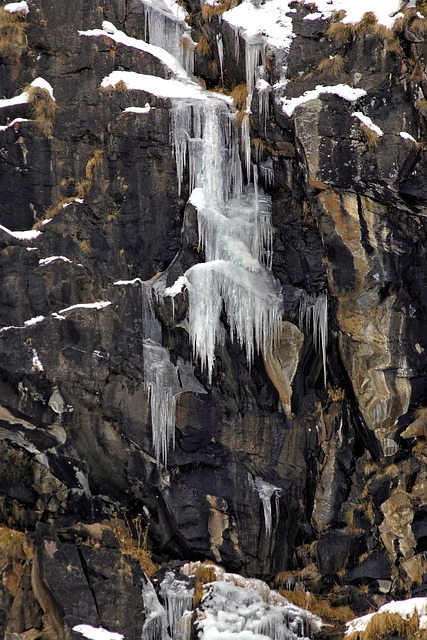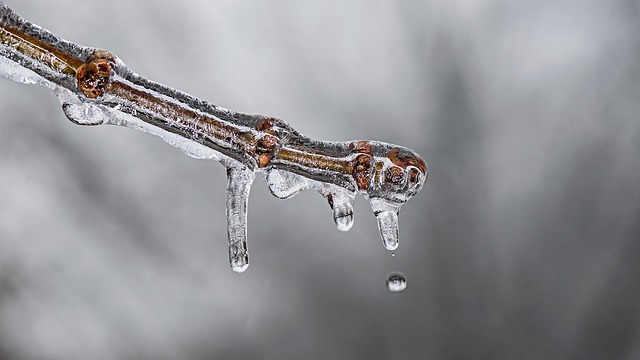Pipe insulation is vital for preventing frozen pipes, especially in regions with fluctuating temperatures. By acting as a protective barrier, it prevents heat loss and keeps cold air out, reducing the risk of freezing and associated damage. Proper insulation, tailored to your climate and application, along with regular inspection, sealing gaps, and use of heat tape or thermostatically controlled heating cables, effectively combats frozen pipes during cold weather, significantly lowering energy costs and making homes more resilient to extreme weather conditions.
“Pipe insulation is an often-overlooked yet critical component in home maintenance, especially in regions with cold winters. This essential guide, ‘Pipe Insulation 101’, equips homeowners and tenants alike with vital knowledge on preventing frozen and burst pipes. We’ll explore the benefits of insulation, uncover common culprits behind frozen pipes, and provide year-round strategies to keep your plumbing intact. Learn how simple preventative measures can save you from costly repairs and disruptions caused by icy, unwanted guests in your pipe system.”
- Understanding Pipe Insulation: Its Role and Benefits
- Common Causes of Frozen Pipes and How to Combat Them
- Effective Strategies for Maintaining Unfrozen Pipes Year-Round
Understanding Pipe Insulation: Its Role and Benefits

Pipe insulation plays a pivotal role in maintaining efficient and safe plumbing systems, especially in regions with extreme temperature variations. It acts as a protective barrier, preventing heat loss from hot water pipes and keeping cold air from infiltrating cold-water lines. By understanding its importance, homeowners and property managers can effectively safeguard their plumbing from the perils of frozen and burst pipes—a common wintertime concern.
The benefits of pipe insulation are manifold. It helps regulate temperature, ensuring that water remains at an optimal delivery temperature. This is crucial for how to prevent frozen pipes, as it reduces the risk of water expanding due to freezing, which can lead to damaging bursts. Moreover, insulating pipes can significantly reduce energy costs by minimizing heat transfer, making homes more energy-efficient. This layer of protection is particularly vital in exposed pipes, such as those in attics, basements, or outdoor areas, where they are susceptible to extreme weather conditions.
Common Causes of Frozen Pipes and How to Combat Them

Frozen pipes are a common wintertime nuisance, but understanding their causes can help you take proactive measures to prevent them. One of the primary reasons pipes freeze is due to lack of insulation, especially in older homes or areas where pipe exposure is significant. When water within these pipes is subjected to cold temperatures, it can drop below its freezing point, leading to ice formation and potential bursts.
To combat this, adequate pipe insulation is key. How to prevent frozen pipes? By enveloping your pipes in insulation materials like foam or fiberglass, you create a protective barrier that retains heat, keeping the water within a safe temperature range. Additionally, ensuring proper ventilation in crawl spaces and attics can help regulate temperature extremes, further reducing the risk of freezing. Regular maintenance, such as opening cabinet doors beneath sinks to allow warmer air circulation, is also an effective strategy in preventing frozen pipes during cold weather.
Effective Strategies for Maintaining Unfrozen Pipes Year-Round

To effectively prevent frozen pipes, a multi-faceted approach is key. Start by choosing the right pipe insulation for your climate and application. Insulate pipes that are exposed to extreme temperatures, both indoors and outdoors, with materials designed to withstand freezing conditions. Ensure proper installation by following manufacturer guidelines and sealing any gaps to maintain optimal insulation performance.
Regular maintenance plays a crucial role too. Inspect pipes periodically during cooler months, looking for signs of damage or leaks. Address these issues promptly to prevent water from seeping into insulation and causing frost buildup. Additionally, consider using heat tape or thermostatically controlled heating cables on particularly vulnerable sections of exposed piping to maintain a consistent temperature.
Pipe insulation is a vital strategy in the battle against frozen and burst pipes, offering both prevention and peace of mind. By understanding its role and implementing effective maintenance practices, homeowners can ensure their plumbing remains intact during cold weather. Regular insulation checks, combined with addressing common causes like inadequate insulation or rapid temperature changes, are key to a well-protected pipeline. With these measures in place, you can say goodbye to the hassle and costs associated with frozen pipes, making your home more energy-efficient and secure.
